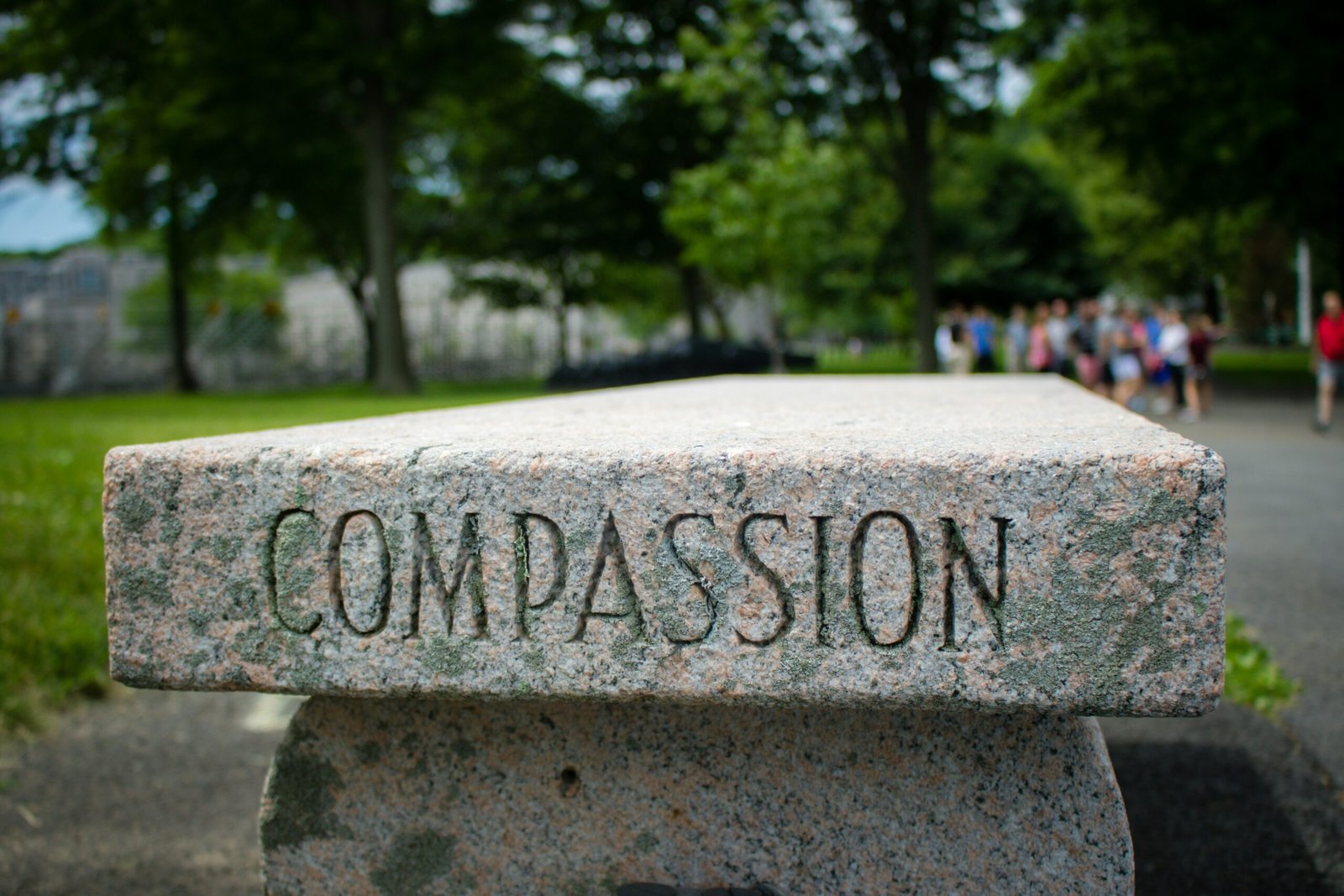From Stage Fright to Stage Light: Rewire Your Performance Brain
Every new project, audition, or season brings a wave of potential. Yet, if you’re like most performers, that excitement can quickly be hijacked by a familiar soundtrack of internal critics: “What if I choke at the audition?”, “I can’t handle their judgement,” or the classic, “I’m just not good enough.”
This isn’t a personal failing; it’s a cognitive reality. Our attentional resources are finite (Kahneman, 1973). When worry hogs the spotlight, it literally leaves no mental bandwidth for the task at hand. You end up rehearsing catastrophe instead of your piece.
But what if you could flip the script? Instead of fighting what you don’t want, we can architect what you do want. This isn’t about naive positivity; it’s a strategic cognitive shift based on the psychological principle of Attention Control Theory (Eysenck et al., 2007), which shows that anxiety impairs performance precisely by stealing your focus from the task to the threat (when you focus on the threat and anxiety, you’re using your brain’s processing capacity that could be used on creating a desired outcome instead).
Working with performers, I use a powerful exercise grounded in this science. It moves you from a problem-focused mindset to a process-oriented one, building what I call your “Performance Blueprint.” Let’s build yours.
Craft Your Performance Blueprint: A Practical Guide
This isn’t a vague vision board. It’s an active, operational document for your mind.

Step 1: Unearth Your Core Performance Qualities
Grab a notebook. Ask yourself: “When I am at my absolute best, who am I being?” Not who am I not or what I am lacking or what am I doing, but what qualities embody my ideal state? Ditch the clichés. Be ruthlessly specific to you.
Instead of “confident,” try “Unshakable Self-Belief” or “Quietly Assured” or “commanding attention”.
Instead of “focused,” try “Single-Pointed Concentration” or “Artistically Absorbed.”
By doing this you’re being much more specific, you can see it in your mind’s eye and you can measure your outcome as it’s more operationalised.
These are your Core Performance Qualities. List 3-5 (no more, to stick to your clarity and avoid cognitive overload). They are your north star.
Step 2: Define Your Keystone Behaviours
Now, how do these qualities translate into action? Behaviours are the tangible expressions of your qualities. They are what you do, and therefore, what you can control.
For each quality, define 1-2 keystone behaviours:
Quality: Resilient
Behaviour: After a mistake in practice, I take one deep breath and immediately continue from the previous bar without negative self-talk.
Quality: Professionally Prepared
Behaviour: I arrive at every rehearsal 15 minutes early, mentally reviewed and physically warmed up.
Quality: Artistically Absorbed
Behaviour: During performance, I anchor my attention on the sensation of my breath (or the feel of the instrument, the meaning of the lyric) for 10 seconds whenever I feel distracted.

Step 3:
The Daily Activation Ritual
Your blueprint is useless if it stays in the notebook. Every morning, spend 5 minutes with it. Don’t just read it – visualise it. As you look at your day’s schedule, ask:
“Where today can
I practise being ‘Resilient’?”
“How will I enact ‘Professional Preparation’ before my afternoon session?”
This primes your brain to spot opportunities to enact your blueprin
t, a technique aligned with the concept of implementation intentions (Gollwitzer, 1999), which significantly increases the likelihood of goal-directed behaviour.
Step 4: The On-The-Fly Refocus
You will get distracted. The fear will whisper. This is normal. The practice is in the return.
When anxiety strikes mid-rehearsal, your job isn’t to argue with the thought. It’s to gently redirect your focus to one of your keystone behaviours. The thought “They think I’m terrible” arises. Acknowledge it, then internally say: “Okay. Now, back to the sensation of my breath” (your behaviour for ‘Artistically Absorbed’).
You are not stopping the wave of anxiety; you are learning to surf it by choosing where to place your weight.
Step 5: The Compassionate Debrief
Some days, the blueprint will feel out of reach. This is not failure; it is data. At the day’s end, ask with curiosity, not judgement: “What prevented me from engaging my ‘Resilient’ quality today?”
Was it a lack of sleep? An unexpected critique? Note the obstacle and problem-solve for next time. This builds self-efficacy (Bandura, 1977) – the belief in your ability to execute the behaviours required to manage future situations.

The Takeaway: You Are What You Practise
You are already a master of deliberate practice. Apply that same rigour to your mindset. By consistently directing your attention to your Performance Blueprint, you are not denying your fears; you are simply giving your brain something more compelling and constructive to rehearse.
You are building new neural pathways, strengthening your identity not as a performer who is nervous, but as one who chooses focus, professionalism, and resilience, one keystone behaviour at a time.
Now, go break a leg. On purpose.
References:
Bandura, A. (1977). Self-efficacy: Toward a unifying theory of behavioral change. Psychological Review, *84*(2), 191–215.
Eysenck, M. W., Derakshan, N., Santos, R., & Calvo, M. G. (2007). Anxiety and cognitive performance: Attentional control theory. Emotion, *7*(2), 336–353.
Gollwitzer, P. M. (1999). Implementation intentions: Strong effects of simple plans. American Psychologist, *54*(7), 493–503.
Kahneman, D. (1973). Attention and Effort. Prentice-Hall.